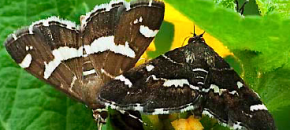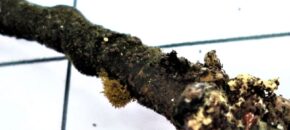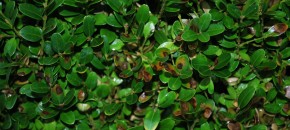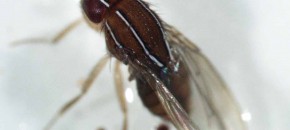Carrots – Leaf blights – Powdery mildew, Alternaria and Cercospora. Alternaria and Cercospora are two soil-borne fungal pathogens that may cause early defoliation in carrots reducing yields and making harvest difficult. Both pathogens produce distinct symptoms on carrots.
Continue reading...Hawaiian Beet Webworm Returns

Rutgers NJAES/CE IPM personnel Tonia Broen and Joe Ingerson-Mahar have found heavy populations of Hawaiian beet webworm moths in 3 beet fields in East Vineland (Cumberland and Atlantic Counties); additionally, in a baby spinach field and field of fenugreek in the Franklinville area (Gloucester County). To read more, click the link below. Hawaiian Beet Webworm […]
Continue reading...Magnolia and Tuliptree Scales: Two Exceptions to the Rule

Magnolia Scales (Neolecanium cornuparvum) & Tuliptree Scales (Toumeyella liriodendri) are both classified within the soft scale group. However, unlike essentially all the other soft scale species they have crawler emergence in August & September instead of in June & July. This fundamental difference is important to recognize in order to time sprays & achieve best controls.
Continue reading...BBR – Boxwood Blight Revisited

I heard through the grapevine about a site with some dead boxwoods, so I went to take a look and here is what I saw.
Continue reading...Veg IPM Update: Week Ending 9/18/13
Vegetable IPM Report 9-18-13 – Click to View | Download | Print Current Week’s Pest Maps – Available Maps for the week are highlighted European Corn Borer Map Corn Earworm Blacklight Map Corn Earworm Pheromone Map Brown Marmorated Stinkbug Map Vegetable IPM Pest Map Archive
Continue reading...Fruit Flies at Grape Harvest

In New Jersey, and the rest of the mid-Atlantic, we have two newly invasive fruit flies that attack grapes including wine grapes. My lab is currently working to determine the impact these insects will have to the berries and to yield.
Continue reading...